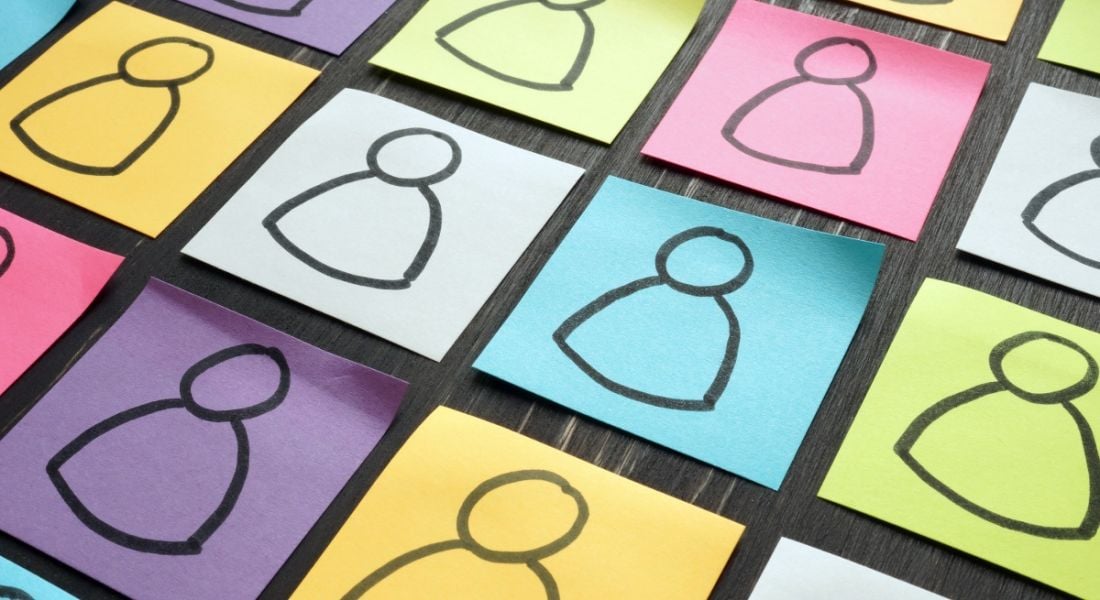Yvonne Smith, group head of diversity and inclusion at Hays, outlines why we should see workplace equality as more than just ‘hitting diversity numbers’.
On International Women’s Day there is always a lot of discussion, insight and debate about gender equality and how we need to achieve #EachforEqual in the workplace.
Gender equality remains a major issue in business as women are still under-represented in large parts of the professional workforce, particularly in more senior roles. These discussions must continue as we still have a way to go to truly achieve equal access and progression in the world of work across genders.
On this year’s International Women’s Day, I want to take the opportunity to extend the focus on gender to a broader discussion of equality of opportunity in the workplace for those who seek it. In our increasingly globalised and fast-moving world, the notion of a diverse and equal workforce has evolved to now include factors such as varying religious and political views, socio-economic backgrounds, sexual orientation, cultures and disabilities.
With gender balance still very much at the forefront in light of International Women’s Day, there is more that employers can do to achieve better equality for all in the workplace.
Identify and challenge unconscious bias
Identifying the existence and impact of unconscious bias is a crucial starting point for employers. Unconscious biases are social stereotypes about certain groups of people that individuals form subconsciously as a result of social conditioning.
These biases can lead to unsupported judgements in favour of or against a thing, person or group. Employers need to identify these biases as a first step towards tackling them and achieving an equal workplace.
Findings from the Hays Diversity & Inclusion 2019 report reveal that the impact of biases, if left unchecked, are felt across a variety of identifying factors. According to more than 5,200 respondents, almost half (47pc) believe that the leaders in their organisation have a bias towards selecting and hiring people who look, think or act like them, and even more believe their chances of being selected for a job have been lowered because of an identifying factor.
Although we are all hardwired to make these judgements in different aspects of our lives, they can present particular problems when they arise and are left unchecked in the world of work. Training key stakeholders to recognise unconscious bias and mitigate its impact is a vital part of selecting diverse talent and therefore creating an equal workplace, but two-thirds of employers currently fail to do this.
If our unconscious biases aren’t identified and challenged, they impact our hiring and talent management process and hinder our progress towards fully diverse and equal workplaces.
Evaluate your selection process
Identifying unconscious biases is a positive first step, but it’s important that employers go further and evaluate their selection process to ensure that they are mitigating the impact of these biases and drawing in diverse talent.
This is challenging, but there are small changes employers ought to implement which will make a considerable difference. These include:
- Setting proportional targets of selecting candidates from minority groups and communicating this in the recruitment process
- Involving stakeholders from a diverse range of backgrounds to review CVs and personal statements from applicants
- Providing unconscious bias training to hiring managers and interviewers
- Raising awareness of inequality by promoting days such as International Women’s Day
These are just a few of the measures employers can take to work towards a selection process which mitigates the impact of unconscious bias and positively encourages equality in candidate selection.
Take a measured approach to inclusion
Attracting diverse talent in the candidate selection process will go a long way to achieving equality in the workplace. However, my next and final point is that true equality in the workplace is about much more than hitting diversity numbers.
It’s about creating an environment where everyone in your workforce feels confident and empowered to bring their whole selves to work, no matter what their background is. It’s only once your employees can do this that they will be able to bring innovation, new perspectives, fresh ideas and meaningful change to your organisation.
Some aspects of measurement such as the introduction of gender pay reporting in the UK in April 2017 and inspection of greater gender balance at executive level have shed light on the long-standing issue of gender balance in the workplace.
I am also pleased to see the shift towards understanding of the importance in capturing and quantifying levels of inclusion, which some employers do through employee engagement surveys and 360 reviews.
Employers can also go further by objectively looking at the profile of employees who attend and are invited to contribute to crucial meetings, are included in key decision-making processes or are consulted to give feedback on the culture of the business and management style.
Taking these efforts to measure inclusion really is vital for retaining diverse talent and achieving a more equal workforce. It will reveal just how equal your employees feel and highlight areas you need to focus on to ensure your workplace is as balanced as it can be.
I believe that when these three elements are taken in a cumulative approach, employers can take real strides towards achieving equality in the workplace. Starting with identifying our biases, we can then challenge them in the attraction and selection process to draw in diverse talent and finally monitor how inclusive our workforce is.
By taking this approach, I believe our workplaces will be more equal and, as a result, our workforce and our organisations will thrive.
By Yvonne Smyth
Yvonne Smith is group head of diversity and inclusion at Hays.




